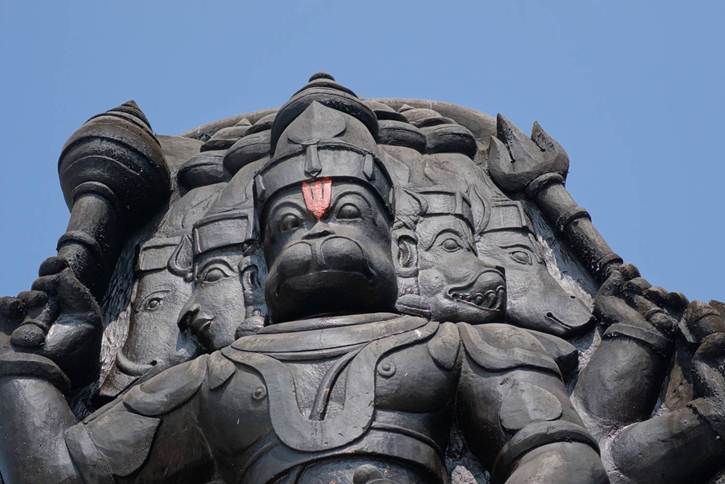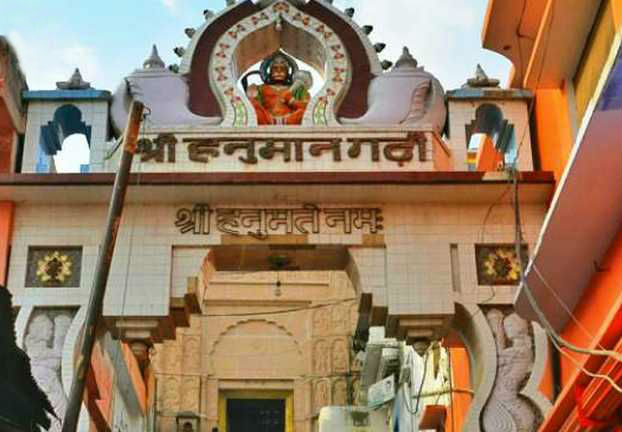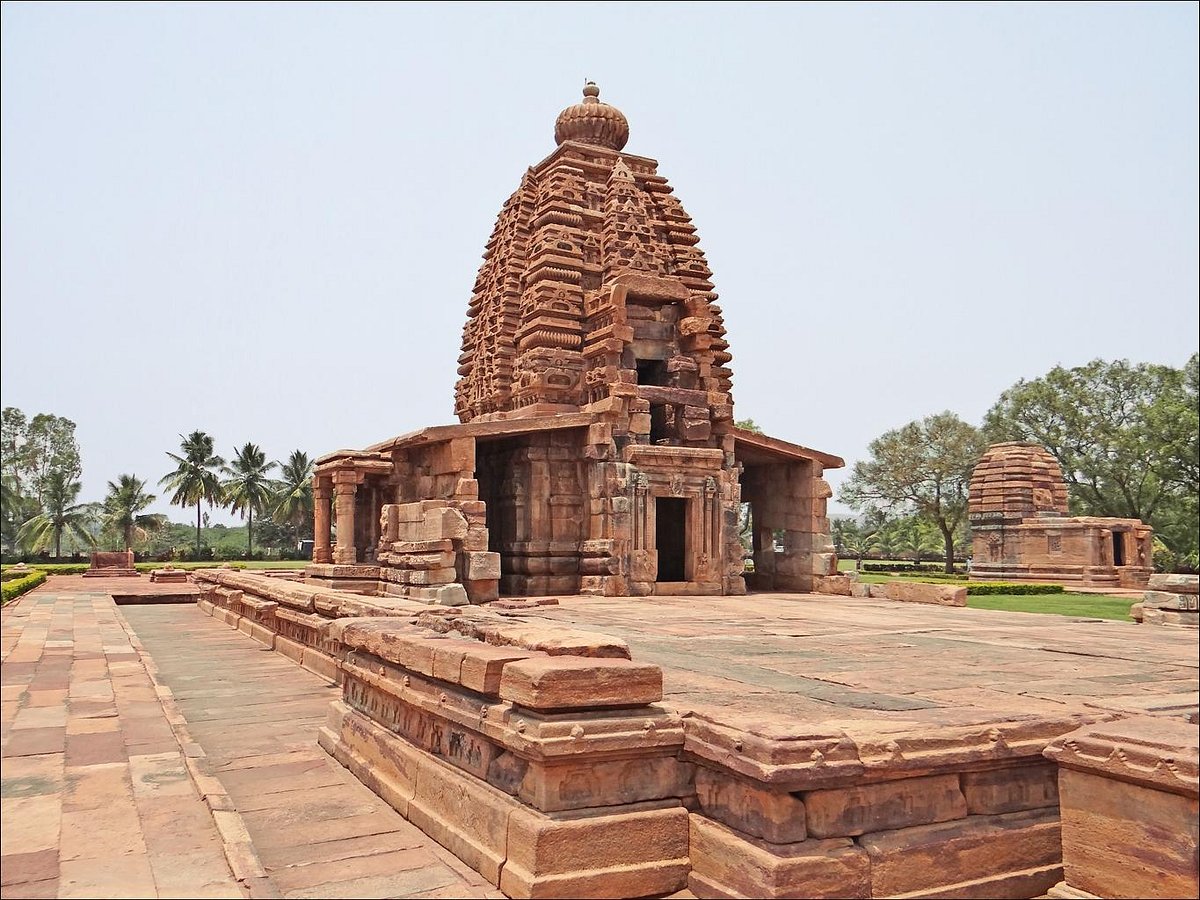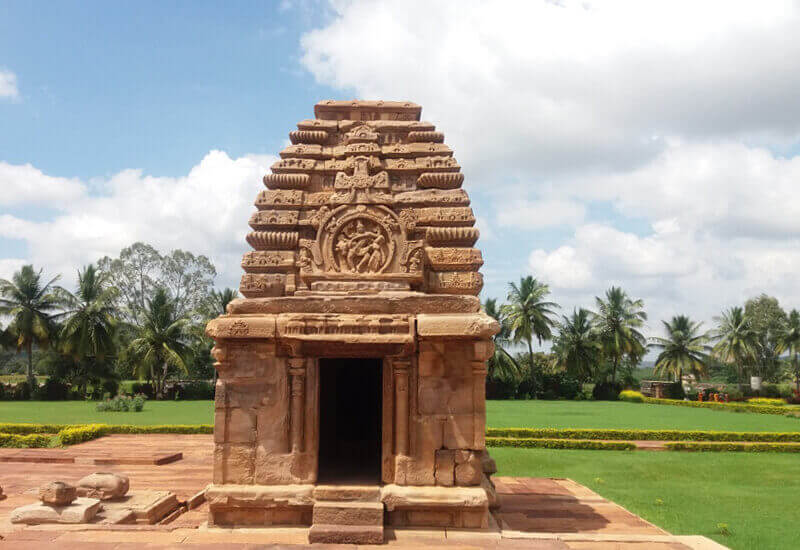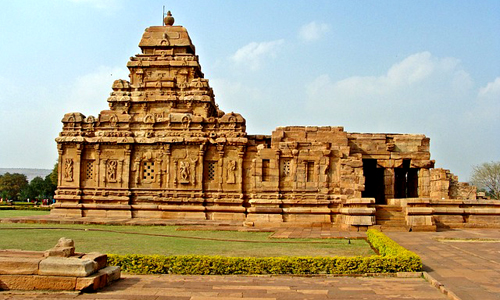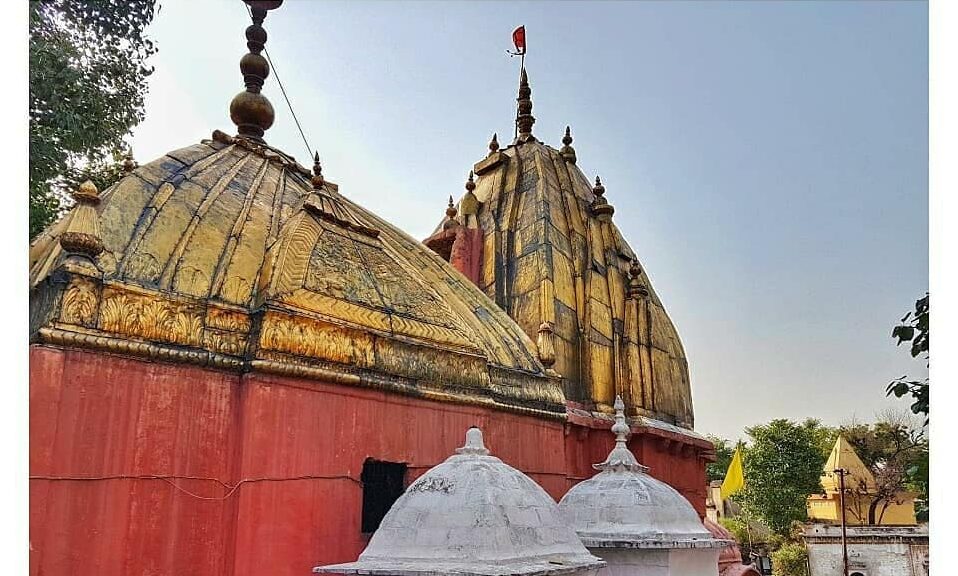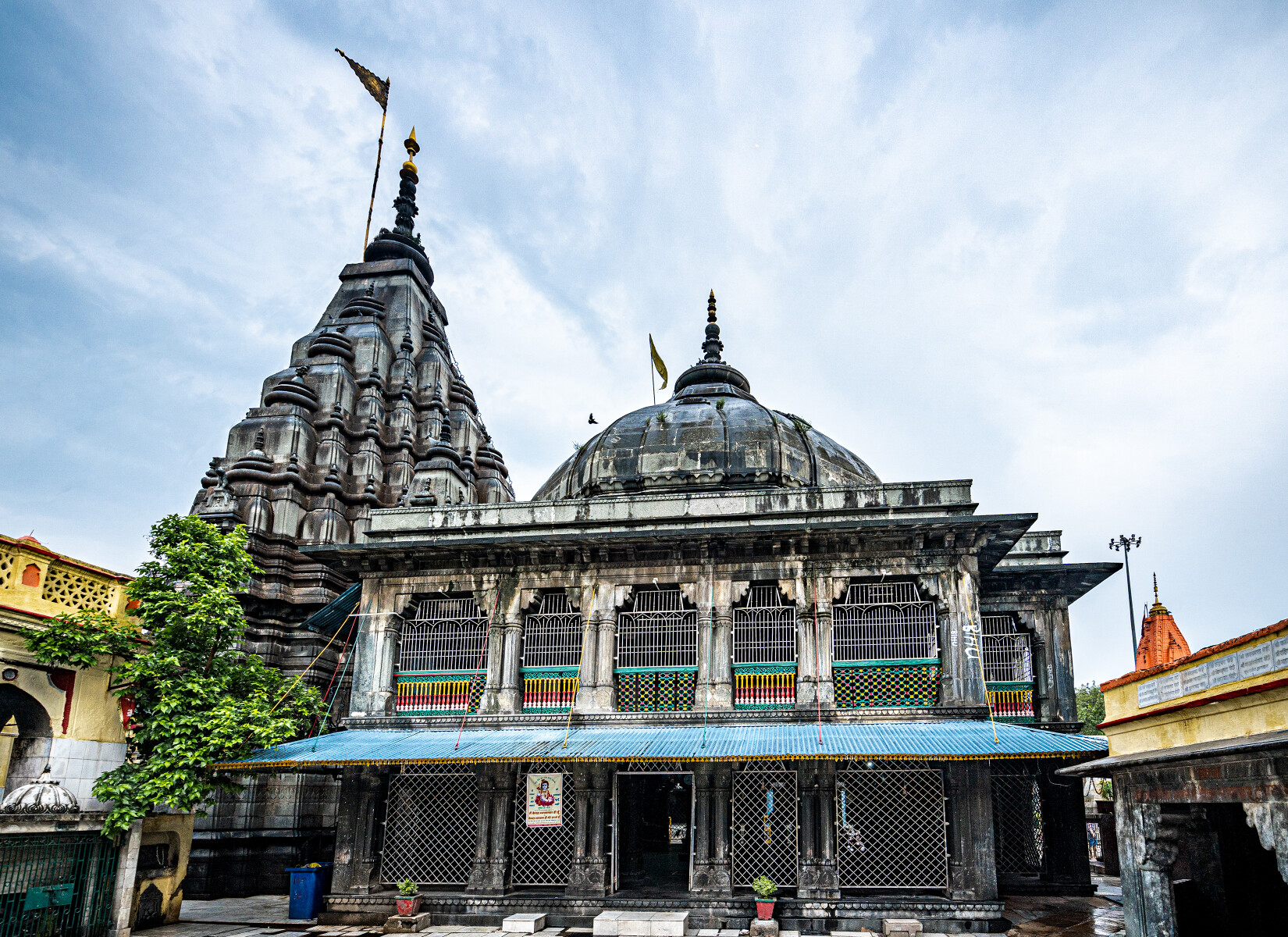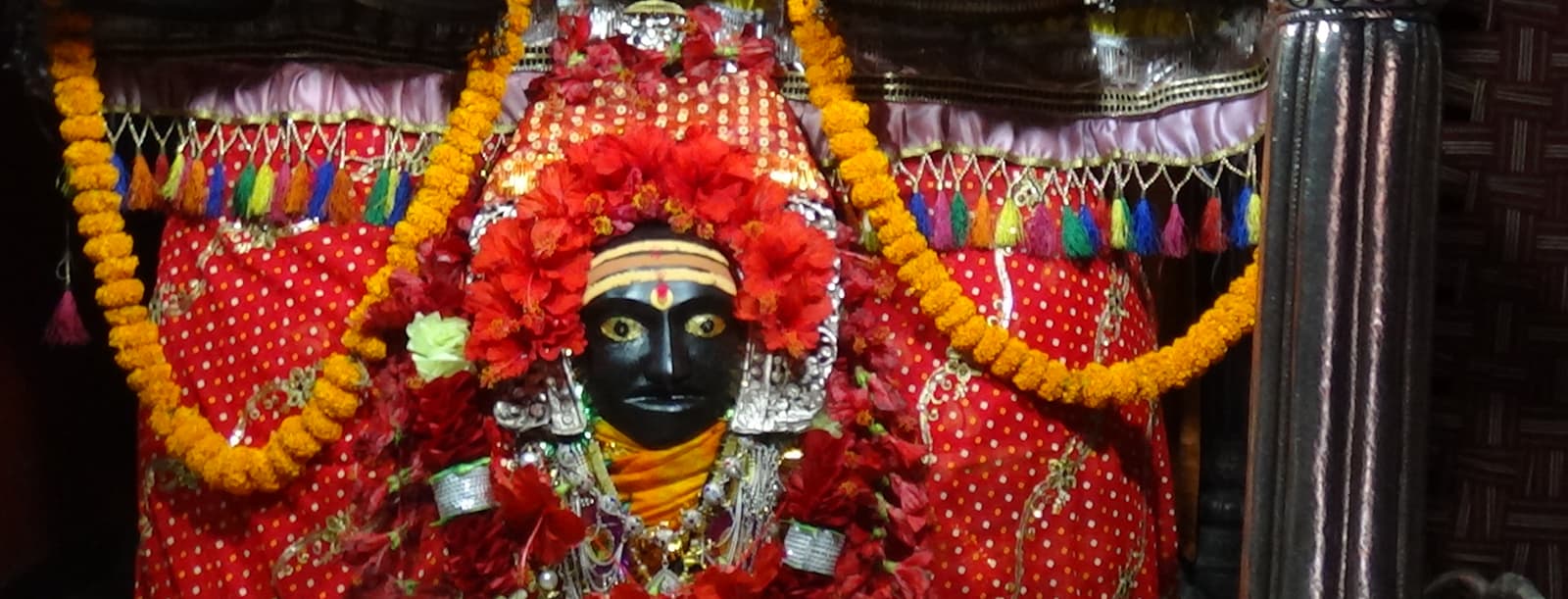Rameshwaram: A short distance from the famous Sri Ramanathaswamy Temple, the Panchamukhi Hanuman Temple stands as a revered spiritual landmark. Dedicated to Lord Hanuman, this unique temple is known for its five-faced idol, which depicts Lord Hanuman along with the faces of four other powerful deities: Lord Narasimha, Lord Adivaraha, Lord Garuda, and Lord Hayagriva. With its deep mythological significance, rich history, and cultural importance, the Panchamukhi Hanuman Temple attracts pilgrims and tourists alike, offering a fascinating glimpse into India’s spiritual and architectural heritage.
The Significance of Panchamukhi Hanuman Temple
The Panchamukhi Hanuman Temple is deeply rooted in Hindu mythology and is particularly notable for its connection to the epic Ramayana. According to legend, Lord Hanuman revealed his five faces at this sacred site. Each face of the idol represents a different divine power, signifying the multifaceted nature of Lord Hanuman. The central face is that of Lord Hanuman himself, flanked by the faces of Lord Narasimha (symbolising strength and protection), Lord Adivaraha (symbolising prosperity), Lord Garuda (representing speed and energy), and Lord Hayagriva (associated with wisdom and knowledge).
The temple is also known as Panchamukhi Anjaneya Temple, with “Anjaneya” being another name for Lord Hanuman. The temple’s sanctity is further heightened by the belief that this is the very place where Lord Hanuman transformed into a five-faced form to defeat the demon Mahiravana in the underworld, Patala Loka, as part of his mission to protect Lord Rama and Lakshman during the Ramayana.
Historical and Mythological Importance
The temple’s history dates back centuries, though its most significant association is with the tale from the Ramayana involving Mahiravana, the demon king of Patala Loka. In this story, Mahiravana kidnaps Lord Rama and his brother Lakshman, intending to sacrifice them. To save them, Lord Hanuman assumes the form of Panchamukhi Hanuman, with five faces. In this form, he is able to simultaneously extinguish five lamps burning in different directions, a crucial act that leads to Mahiravana’s defeat and the rescue of Lord Rama and Lakshman.
Another significant aspect of the temple is the “floating stones” housed here. These stones are believed to have been used to build the bridge (Sethu Bandhanam) that Lord Rama and his army used to cross over to Lanka during the battle with Ravana. These floating stones, displayed for devotees to see, are a reminder of the miraculous feats associated with Lord Rama’s journey to rescue Goddess Sita.
Beliefs and Spiritual Practices
Devotees flock to the Panchamukhi Hanuman Temple for blessings of strength, protection, wisdom, and prosperity. The five-faced idol is believed to have the power to ward off evil, remove obstacles, and provide divine support during times of trouble. Many devotees recite the Hanuman Chalisa here, a revered prayer that praises Lord Hanuman and is believed to invoke his blessings for spiritual well-being.
The temple is also a place of solace for those seeking relief from physical ailments, as it is believed that Lord Hanuman has the ability to cure illnesses and grant strength to the weak. The daily rituals and prayers at the temple, which include offerings of flowers, fruits, and sindoor (vermilion), create a sense of devotion and community among the visitors.
Daily Routine at Panchamukhi Hanuman Temple
The temple follows a simple yet deeply spiritual daily schedule. The temple opens early in the morning and remains open until evening, allowing pilgrims to come at their convenience. The primary rituals include the Mangala Aarti early in the morning, followed by regular prayers throughout the day, with the evening aarti (evening worship) being especially popular. The priest performs various offerings and prayers, creating an atmosphere of reverence and devotion.
The temple is open from 6:00 AM to 7:00 PM every day, with a steady stream of visitors throughout the week. There are no specific restrictions or entry fees, though pilgrims often make donations as a mark of their devotion.
Travel Guide: How to Reach Panchamukhi Hanuman Temple
The Panchamukhi Hanuman Temple is located just 2 km from the renowned Sri Ramanathaswamy Temple in Rameshwaram. It is easily accessible by road and can be reached via taxis, autos, or local buses. Tourists can also hire private cabs to make the journey from Rameshwaram town centre.
By Air: The nearest airport is Madurai International Airport, around 163 km away. From there, visitors can take a taxi or bus to Rameshwaram.
By Train: Rameshwaram has a well-connected railway station, with trains arriving from major cities in Tamil Nadu and beyond. Once at the station, the Panchamukhi Hanuman Temple is a short drive away.
By Road: Rameshwaram is well-connected by road. Visitors can take buses from nearby cities like Madurai or Chennai or hire private vehicles for a more comfortable journey.
Timings for Panchamukhi Hanuman Temple
The temple operates daily from 6:00 AM to 7:00 PM. There are no special timings for different days of the week, making it convenient for devotees to visit any day they wish.
Native Stories and Legends
One of the most fascinating aspects of the Panchamukhi Hanuman Temple is the local stories and legends that surround it. In addition to the Ramayana-based tales, there are several regional stories passed down through generations. These stories often highlight Lord Hanuman’s immense devotion and power, portraying him as a protector who guards the devotees and helps them overcome difficulties.
A popular local tale involves the rescue of Lord Rama and Lakshman from the clutches of Mahiravana. The demon king had created a vast network of tunnels and traps in Patala Loka. But Lord Hanuman, in his five-faced form, displayed extraordinary courage and intelligence to defeat the evil forces and restore peace.

